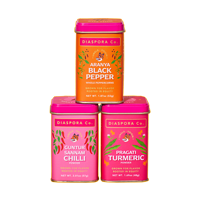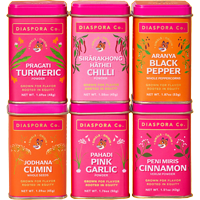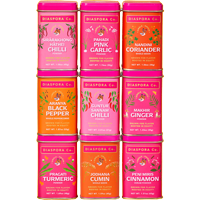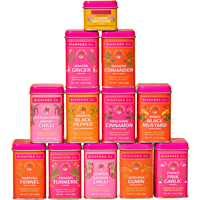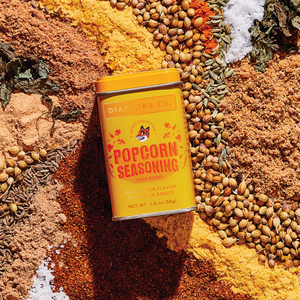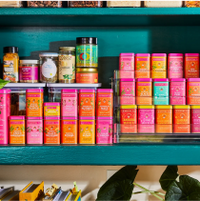Adobo is my first love language. Growing up, I remember warm afternoons when a steamy cloud fragrant with vinegar, garlic, and peppercorns filled our home, signaling my father’s signature Bicolano adobo for dinner (and if we were lucky, tomorrow’s breakfast). There is no singular adobo—fitting for a food culture shaped by histories of survival and adaptation, a diverse archipelago, and cherished family traditions. Whether made with chicken or eggplants, seafood or sitaw, adobo’s unifying foundation is a distinct sourness lent by vinegar or other tart agents, including tamarind. Although the loanword reflects a Spanish colonial era, adobo as a technique is native to the Philippines. The beloved Amy Besa put it best, as she describes adobo as part of the “food that was always ours” alongside ingredients and techniques Filipinos made their own.
For much of my adulthood, I found myself searching for Filipino recipes beyond the known trinity of pancit, adobo, and lumpia. Yet with the upheavals of 2020+, adobo re-emerged as a source of comfort. Adobo is a one-pot method to channel family memories. It is also a means to visit places thousands of miles away. While my father’s coconut-infused adobo is most deeply ingrained in memory, adobong dilaw, or yellow adobo, is a newer favorite. First tasted while visiting Batangas years ago, I was intrigued by its connections to the Philippine revolution, and the use of turmeric, or luyang dilaw, hinting at India’s somewhat buried, pre-colonial ties to the archipelago.
The latter, while fascinating, also became personal. Late in 2019, I entered new motherhood and welcomed Ila, our Indi-Pino baby, to the world. As our families dream of ways to impart rootedness, we realize how much of this can come through our love languages of flavor. Now a toddler, Ila enjoys taking tiny pinches of haldi and sprinkling them into a cooking pot. The taste of sour lights a smile on her face. Adobong dilaw brings them together.
Tips & substitutions:
- I love serving adobo with garlic rice and in-season vegetables, such as braised greens and kabocha. Adobo is also endlessly flexible and can be plant-based. Try adobo using one or several hardy vegetables, such as kabocha, braised tofu and eggplant, or mixed mushrooms.
- Adobos made with meat generally improve with some time—second day adobo will have richer flavor.
- Some adobos call for a higher ratio of vinegar—go with you gut! My family’s take was on the slightly sweeter end.
- Adobo can be made gluten-free by using tamari or amino acids instead of soy sauce—in fact, some adobos do not use soy sauce at all!
- The Bird’s Eye chilies can also be substituted with dried chili flakes or other fresh chilies (such as Fresno or jalapeno) depending on availability and desired heat.
















